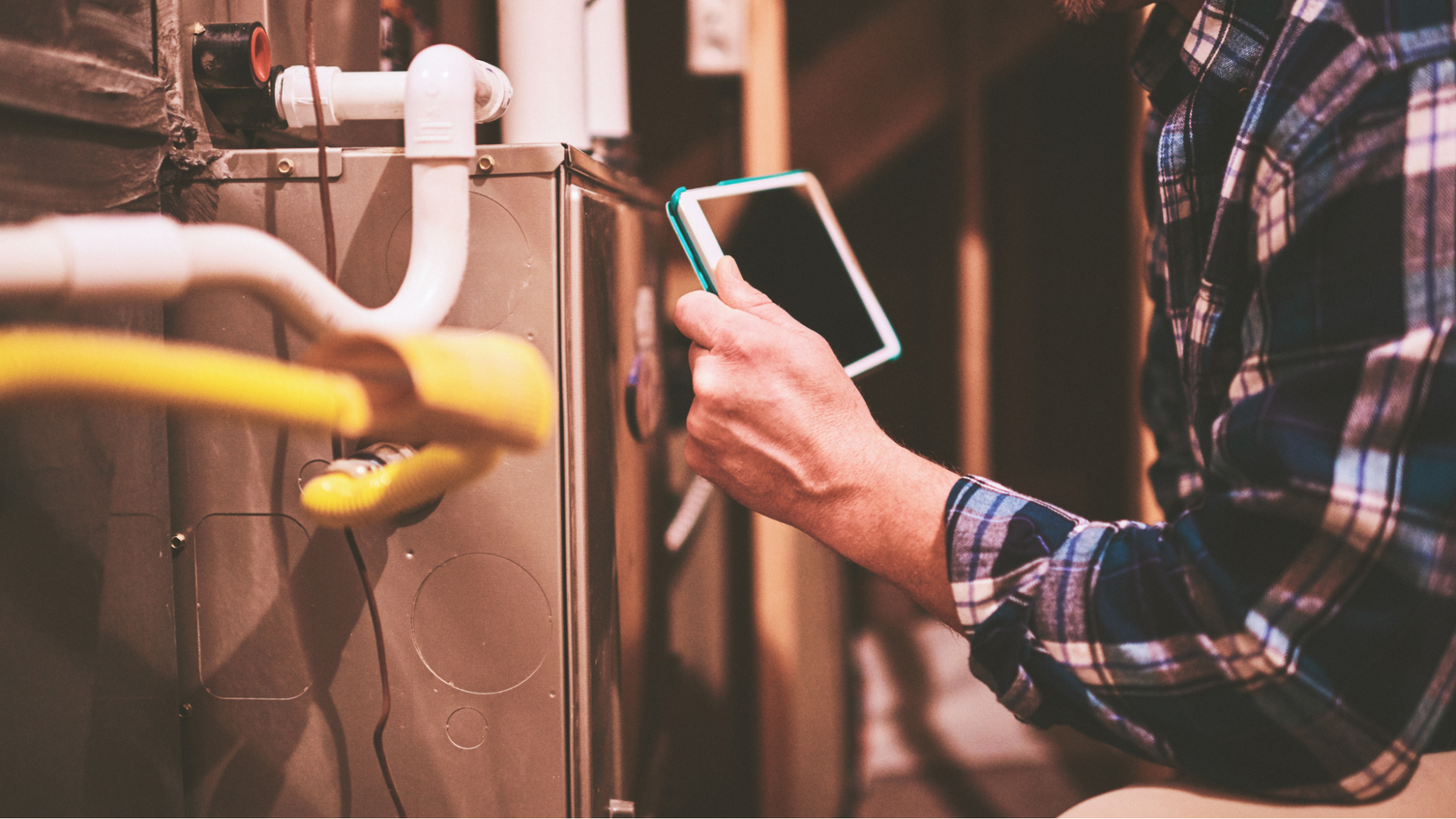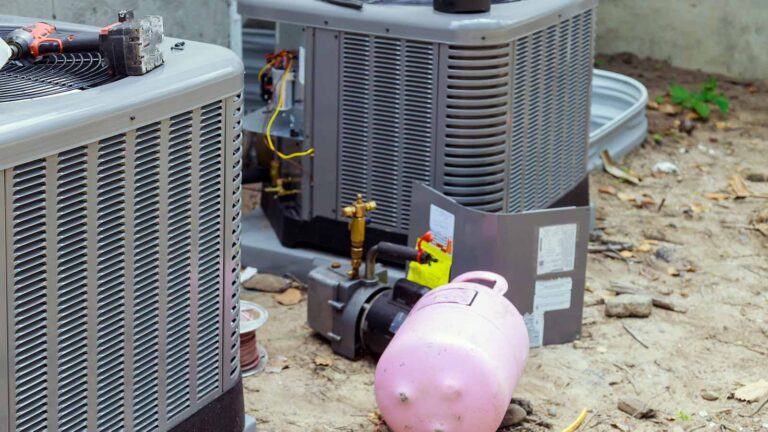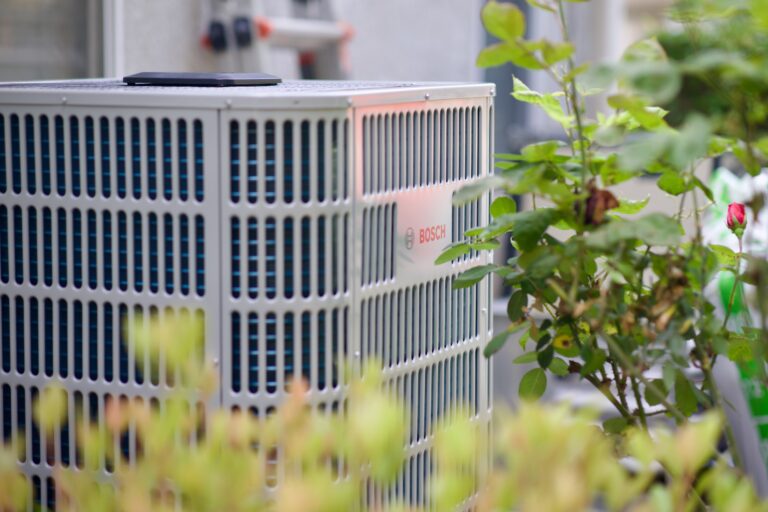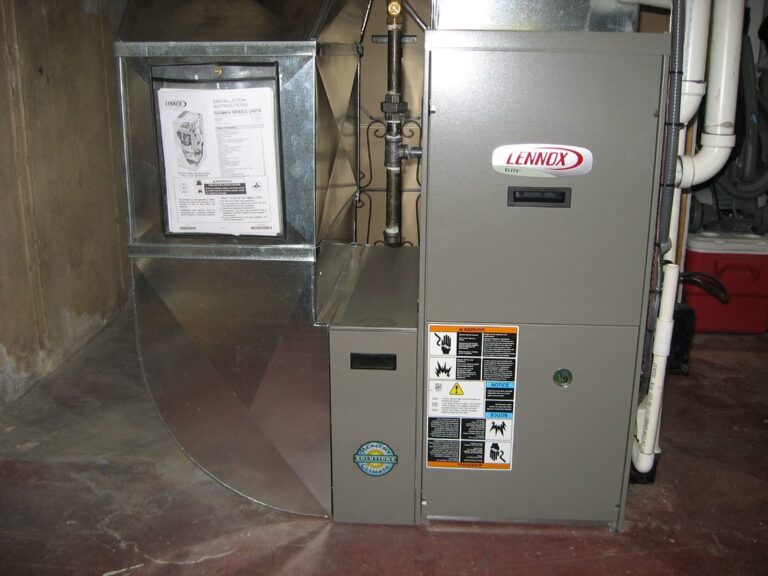At Mechanical Air, we use a comprehensive 26-point furnace inspection checklist to ensure your furnace operates efficiently, minimizing risks and maximizing comfort. As winter approaches, a properly functioning furnace becomes crucial for keeping your home warm and safe. Before turning on the heat, it’s wise to schedule a professional inspection.
Inspect Heat Exchanger for Cracks or Leaks
Cracks or leaks in the heat exchanger can lead to dangerous carbon monoxide exposure. Detecting and fixing these issues ensures safety.
Clean Electrical Cabinet
Dirt buildup can lead to electrical problems, such as burnt capacitors. Regular cleaning prevents costly repairs.
Remove and Clean Burners
Dirty burners can cause improper combustion, leading to carbon monoxide leaks or furnace shutdowns. Clean burners improve heating efficiency.
Clean Vacuum Switch Port
The vacuum switch regulates airflow. A clogged port can cause malfunctions, so keeping it clean is essential.
Check for Gas Leaks
Gas leaks pose serious risks. Technicians can identify and repair leaks quickly to ensure safety.
Inspect Safety Controls
Checking safety controls, like limit switches, guarantees the safe operation of your furnace.
Clean Pilot Light and Electrodes
Clean pilot lights and electrodes ensure proper furnace ignition, preventing operational issues.
Examine the Hot Surface Igniter
A functioning igniter is essential for proper gas ignition. Replace faulty parts to maintain reliability.
Check Blower and Inducer Motor Capacitors
Blower and inducer motors circulate air and remove gases. Proper operation requires functional capacitors.
Verify Proper Venting Clearance
Adequate venting clearance is crucial for safely releasing gases and reducing hazards.
Visual Ductwork Inspection
Inspect ducts for blockages or leaks to improve efficiency and reduce furnace wear.
Assess Combustion Air Vents
Proper combustion airflow reduces strain on your furnace and boosts performance.
Flush the Drain Line
Acidic condensate can corrode the system if not cleared. Regularly flushing the drain line ensures smooth operation.
Offer Smoke Detector Battery Replacement
Smoke detectors are essential for safety. We recommend replacing batteries as needed.
Test Furnace via Thermostat
Testing the furnace through the thermostat confirms it responds appropriately and maintains set temperatures.
Check Gas Pressure
Inlet and outlet gas pressures must meet manufacturer specifications for safety and efficiency.
Measure Motor Amps
Measuring blower and inducer motor amps ensures efficient operation and reduces the risk of motor failure.
Determine Temperature Rise
Proper temperature rise indicates effective heating. Adjustments may be necessary to maintain safe levels.
Test Flame Sensor Microamps
A functioning flame sensor is vital for proper furnace ignition and maintaining operation.
Conduct a Carbon Monoxide Test
Detecting carbon monoxide early is crucial for safety—this is an essential part of our inspection.
Replace the Furnace Filter
A clean filter ensures system efficiency and lowers utility costs. Replace filters regularly for best results.
Recommend Safety Devices
We suggest adding carbon monoxide and smoke detectors to homes without them for extra security.
Secure Your Comfort This Winter
A well-maintained furnace is essential to keeping your family safe, warm, and cozy this winter. Scheduling an annual HVAC inspection not only prevents unexpected breakdowns but also optimizes your furnace’s efficiency. Don’t leave your comfort to chance—call Mechanical Air today at 559-288-6157 and let us ensure your home is ready for the cold season. Your comfort and safety are our top priorities!
Follow us on Facebook to find amazing offers!
Read our reviews here!







